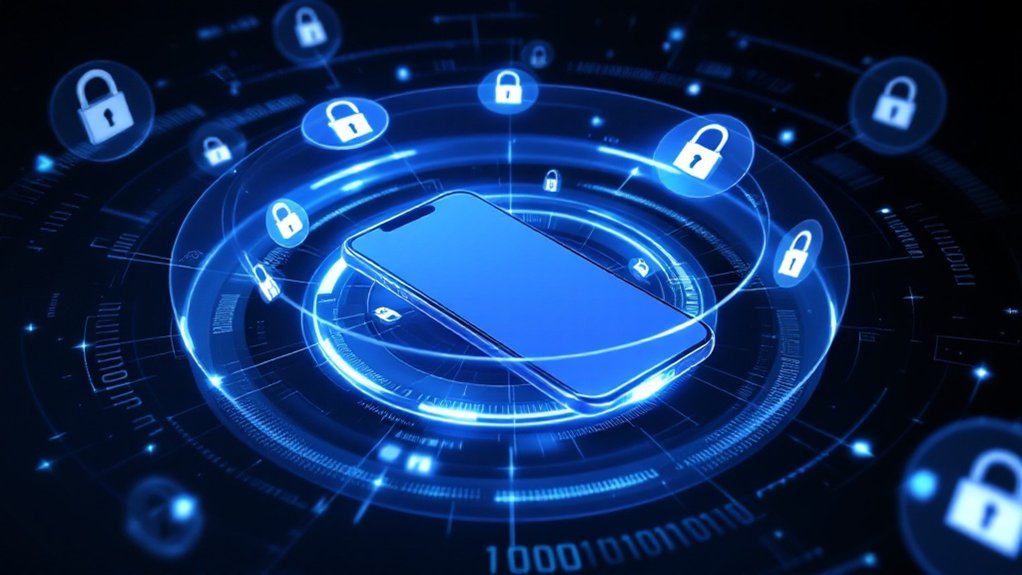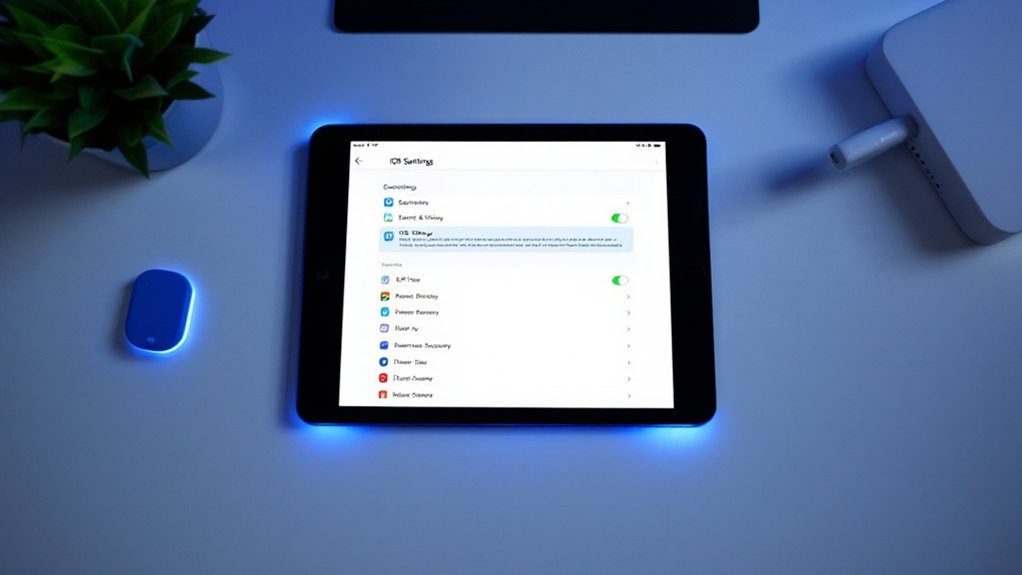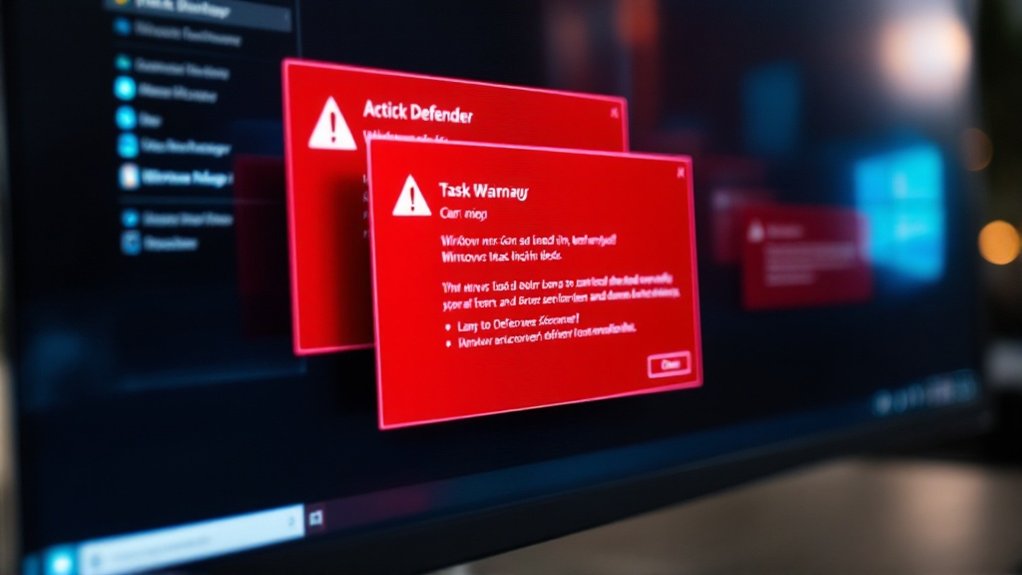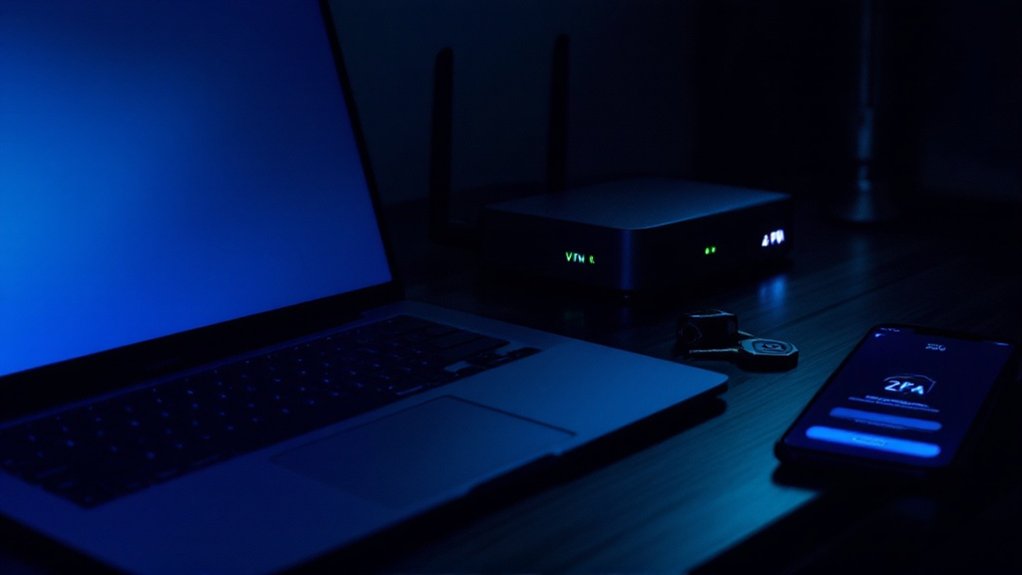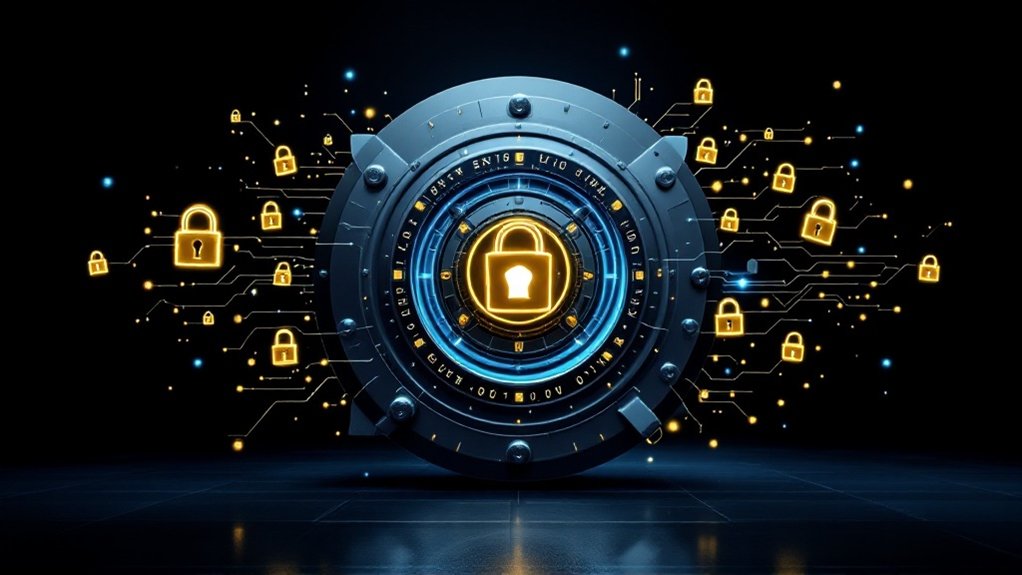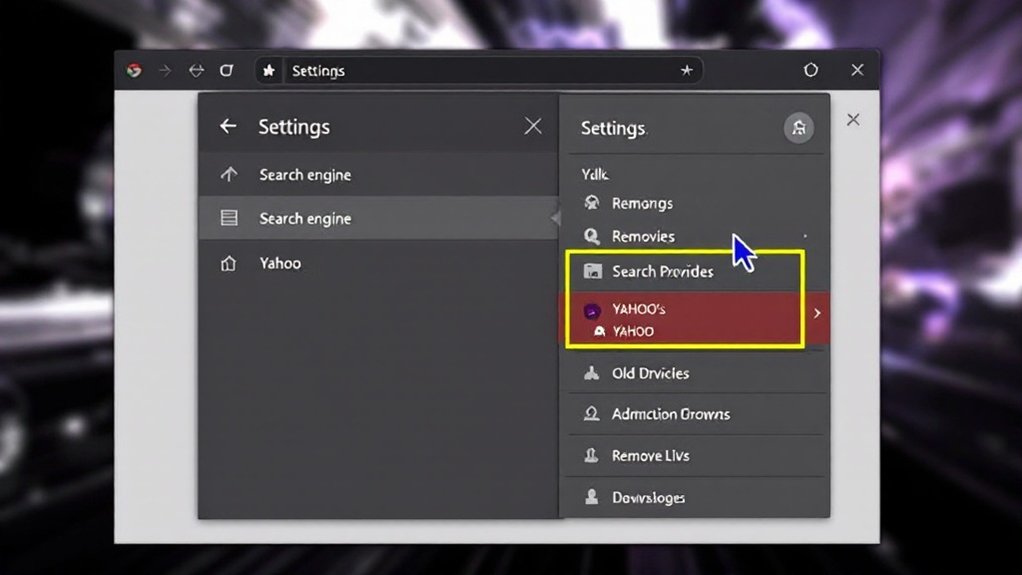Signal messaging platform offers industry-leading security through strong end-to-end encryption, using the independently audited Signal Protocol. The application collects minimal user data, limited to phone numbers and account creation dates, during storing encryption keys exclusively on user devices. Features like Sealed Sender functionality, disappearing messages, and screen lock protection strengthen privacy measures. As a non-profit with open-source code and regular security audits, Signal’s thorough security framework reveals why cybersecurity experts consistently endorse its trustworthiness.
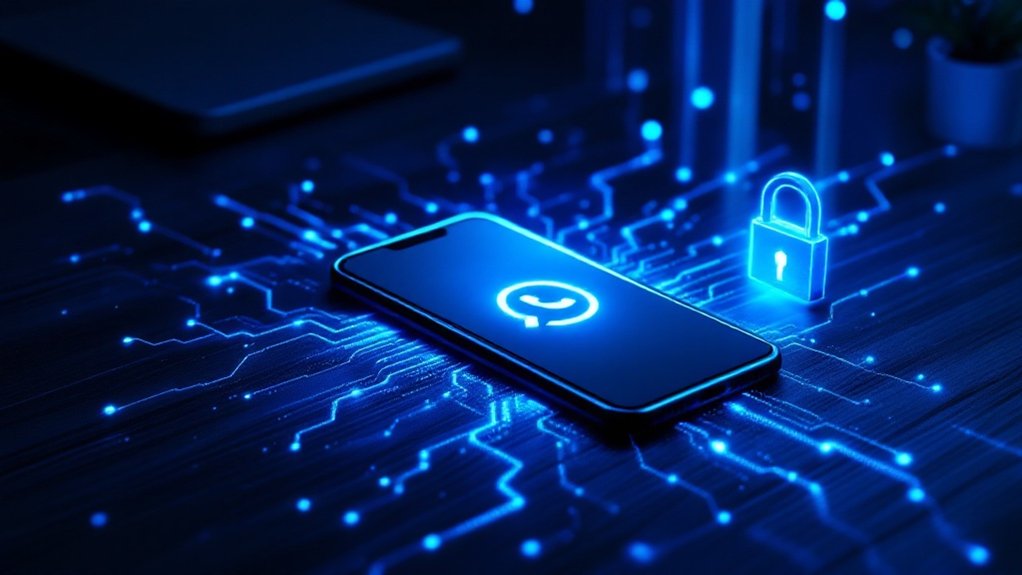
As messaging apps have become an integral part of modern communication, Signal has emerged as the industry standard for secure messaging, earning widespread recognition from cybersecurity experts and privacy advocates. The application implements the Signal Protocol for end-to-end encryption, ensuring that all messages, calls, and attachments remain secure, with encryption keys generated and stored exclusively on user devices. Following an independent audit in 2016, the protocol was deemed cryptographically sound, establishing Signal’s reputation as a trustworthy communication platform. The protocol’s robust security features include the Double Ratchet Algorithm for enhanced message protection.
Signal’s commitment to privacy is evident through its minimal data collection practices, recording only crucial information such as account creation date, last connection date, and phone number. Users can enhance their security by setting up optional usernames for added protection. Similar to zero-access architecture in other secure platforms, Signal significantly refrains from logging IP addresses or storing messages on its servers, maintaining compliance with GDPR requirements whilst offering users extensive control over their data.
Signal’s privacy-first approach limits data collection to essential details while giving users full control over their information.
The Signal Foundation, operating as a non-profit organization, has made the application’s source code publicly available on GitHub, enabling continuous independent security reviews and audits. The platform’s security infrastructure includes advanced features such as disappearing messages, screen lock protection, and Safety Numbers for contact verification.
Signal’s Sealed Sender functionality conceals message metadata, while Registration Lock provides an additional layer of security through two-factor authentication. These strong security measures have earned Signal a perfect score on the Electronic Frontier Foundation‘s secure messaging scorecard.
Despite its strong security framework, Signal faces some limitations, primarily concerning its requirement for phone number registration, which creates potential vulnerability to SIM-swapping attacks. Nevertheless, when compared to alternatives like WhatsApp or Telegram, Signal offers superior privacy protections and has become the preferred choice for security-conscious users, including government officials handling sensitive communications.
The application’s designation as a “catastrophic” threat to surveillance by the NSA in 2012 further validates its effectiveness in protecting user privacy. Regular security audits, a bug bounty program, and swift response to identified vulnerabilities demonstrate Signal’s ongoing commitment to maintaining its position as the leading secure messaging platform.
Frequently Asked Questions
Can Signal Messages Be Recovered After Deletion?
Signal messages, once deleted, have extremely limited recovery options.
Although users may restore content from local backups containing the two most recent files, or potentially retrieve data from linked devices, permanent deletion occurs after backup rotation.
Android notification logs and recipient-side message histories offer narrow possibilities for recovery.
Nevertheless, Signal’s encryption protocol and privacy-focused design intentionally make extensive message recovery virtually impossible after deletion.
Does Signal Store User Metadata on Their Servers?
Signal maintains minimal metadata storage, retaining only two data points: account creation date and last connection timestamp.
The platform deliberately avoids storing user contacts, conversation histories, location data, or social graphs. This limited metadata approach aligns with Signal’s privacy-focused mission, as demonstrated during a 2016 government subpoena where these two timestamps were the only available data points for disclosure.
Can Law Enforcement Access Signal Conversations With a Warrant?
Law enforcement cannot access Signal conversations, even with a warrant, because of the platform’s end-to-end encryption system.
Signal only maintains minimal data: account creation date and last connection timestamp. When served with legal requests, the company can only provide these two data points, as message content, call logs, and user metadata are not stored on Signal’s servers and remain inaccessible to both Signal and law enforcement.
How Does Signal Compare to Whatsapp for Business Communication?
WhatsApp offers superior business functionality through its dedicated Business app, featuring catalogs, automated replies, and customer labels, whilst reaching over 2 billion users globally.
Signal, primarily designed for secure communication, lacks specialized business tools but provides improved privacy through minimal data collection and end-to-end encryption.
For enterprises prioritizing data security and GDPR compliance, Signal’s approach proves advantageous, in spite of its smaller user base and limited commercial features.
What Happens to Signal Messages When Switching to a New Phone?
When users switch to a new phone, Signal offers a secure transfer process that moves encrypted messages and media through device-to-device communication.
The process requires both phones to be nearby with Wi-Fi and Bluetooth activated, utilizing QR code scanning to initiate the transfer.
All content, including messages, media files, stickers, and call history, transfers directly between devices as it maintains end-to-end encryption, typically completing within minutes.
Users can instead opt to start fresh on the new device.
